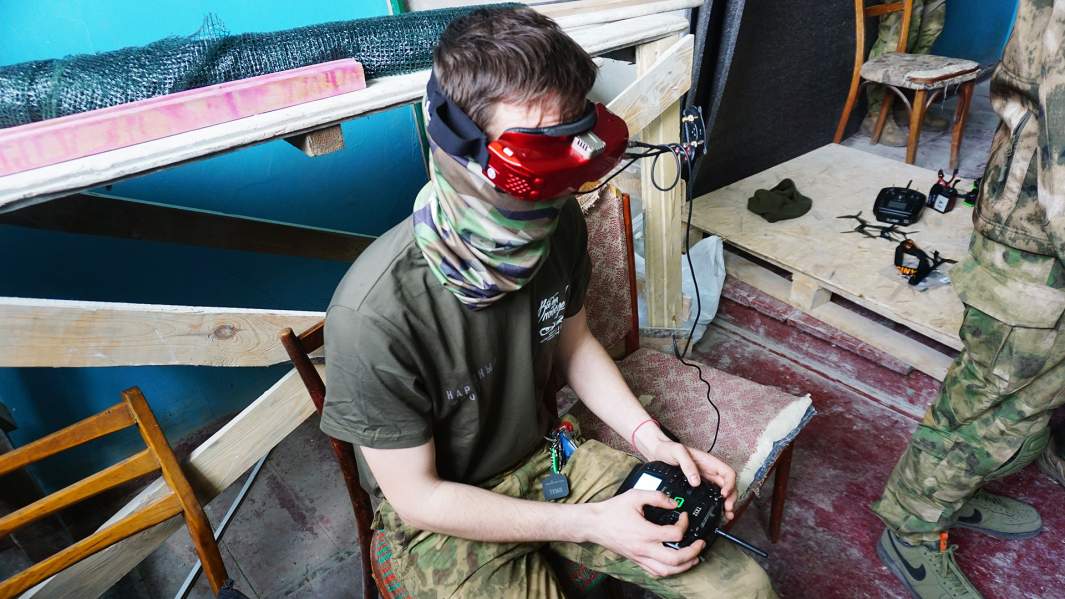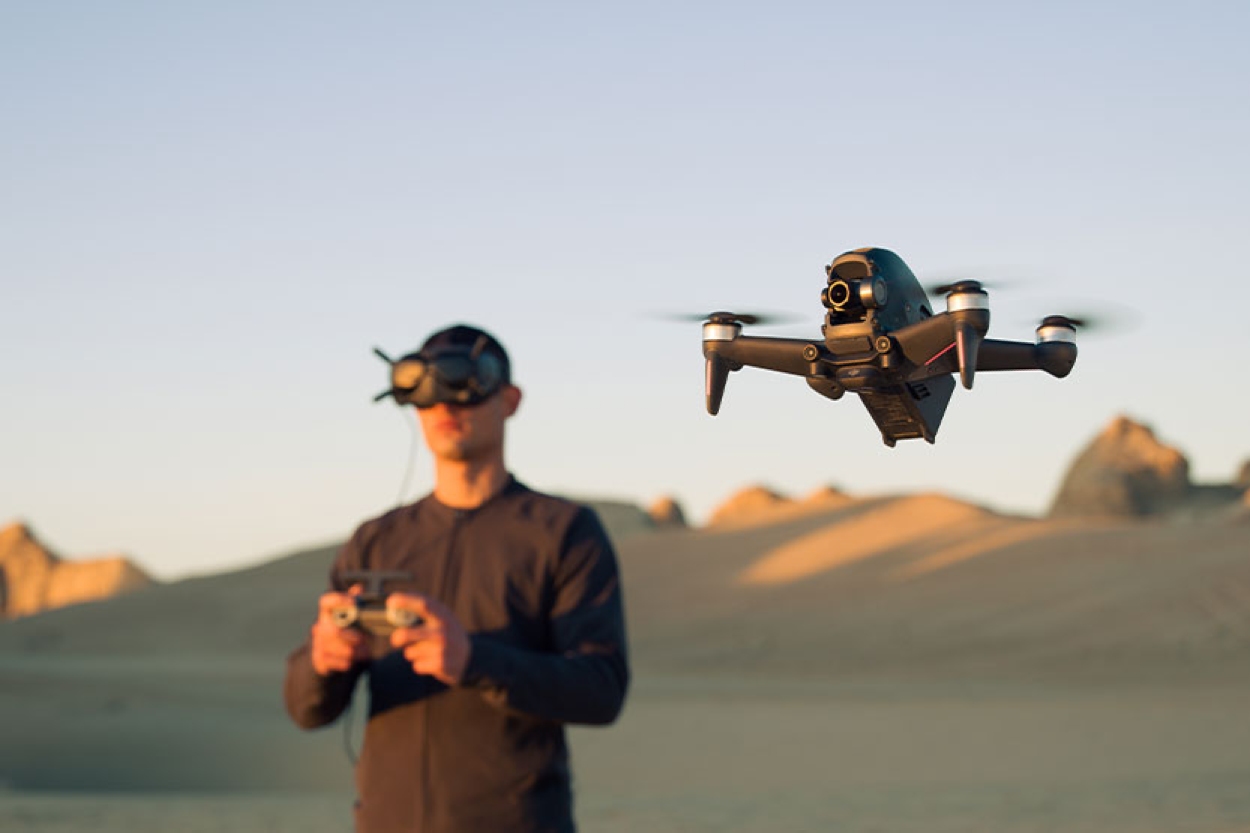In a classic example of wars throwing up unique weapons systems triggering countermeasures, in a never-ending cycle of technological ripostes, Russian industry has developed a drone that protects the crew of first-person view (FPV) drone operators from the prying eye of enemy reconnaissance.
Capable To Detect ‘New Types Of Aircraft’, Russian Military Receives ‘Newfangled’ A-50U AWACS
Vulnerable drone crews have often been detected and targeted by the Ukrainian and Russian armies, as drone operators become valuable targets. Both militaries have imparted drone piloting courses, with the countries training several thousand such professionals.
But the Lodyr drone system promises to distract “enemy electronic reconnaissance” that tracks the link between the drone and the ground operator and triangulates the latter’s position.
FPV-operated drones employed by Ukraine and Russia have redefined the battlefield in general and drone warfare in particular. Both countries are using FPV UAVs to attack armored vehicles, bunkers, trench lines, artillery guns, and even tanks, with many such videos being posted on the internet.
The UAVs — usually non-military civilian aircraft retrofitted with explosives on their front sections with a configuration where the screen can be strapped over the operator’s forehead, covering his eyes — are keenly sought owing to the ease in their control and maneuvering. The direct view from the drone’s perspective gives the pilot more dexterity in controlling and making tight, fast maneuvers.
Drones to Protect Drone Operators From Other Drones
However, FPV drone pilots are usually assisted by other personnel who secure their surroundings and handle the drone carriage. The crew, therefore, is vulnerable to enemy detection, and Ukraine has targeted FPV crews with artillery fire or their kamikaze drone attacks.

According to a report in TASS, the Lodyr complex from the Center for Integrated Unmanned Solutions “distracts enemy electronic reconnaissance systems during the combat use of a real FPV crew.”
This suggests an unmanned aerial vehicle (UAV) that, using Electronic Warfare (EW), might engage in masking the radio link between the FPV operator and the kamikaze drone he controls.
It might also include mimicking the signals and frequency of the particular drone system. “On the air, the operation of the complex is indistinguishable from a real FPV system,” the report said.
However, a defining feature seems to be the ability to hibernate at a particular location for extended periods. “(They) are autonomous and can remain in position for quite a long time, waiting for the command to turn on,” Dmitry Kuzyakin from the CIS said.
“The complex uses an FPV drone hibernation tool developed by the center, allowing drones to remain in sleep mode before attacking for up to several weeks,” the TASS report added.
“Lodyr are, in fact, decoys under the cover of which you can safely act. In addition, the Lodyr is cheap to produce; there are many of them installed in the area of application of one real FPV crew.
“Ensuring the safety of our combat FPV crews is the main priority of the Central Design Bureau. We are developing new tools that will make it possible to mislead the enemy at the strategic level. Of course, this is not one product, but a whole range of measures and technical support,” Kuzyakin noted.
The introduction of combat FPV drones also serves the purpose of disrupting an adversary’s (in this case, Ukraine’s) tactical battlefield calculus, where they are forced to invent complicated countermeasures and tactics, expending considerable planning, manpower, and technical resources.
“This forces the enemy to look for countermeasures. Today, some tools allow us to calculate the FPV’s location, jeopardizing our specialists’ work when performing combat missions. The more painful we make the enemy, the more actively he will look for countermeasures,” he said.

Drone Crews Are Now Important Units
He interestingly touched upon how FPV crews have become regular forward combat units, sharing the same risks and criticality of their tasks, necessitating introducing technologies that also protect them.
In the northwestern part of the frontline near Donetsk, the work of an FPV crew “has begun to resemble the work of a mortar crew, when very little time is allocated for deployment and use.”
Light and medium mortar crews are often most exposed to enemy fire when they have to set up their firing positions just behind advancing troops or forward defensive lines, release their rounds, and disassemble their guns to change position or retreat. During this time, their locations can directly come under fire by tracking by traditional counter-battery techniques or optical/visual observation/reconnaissance.
FPV crews, based on some of the publicity material released by the RuMoD, seem to be operating similarly. “This period will be shortened due to the strengthening of enemy electronic reconnaissance until it becomes unacceptably short.
“Moreover, the fact that Russian military personnel take risks every time they go out to use combat FPV systems forces us to look for means to ensure the safety of personnel,” Kuzyakin said.
- The author can be reached at satamp@gmail.com
- Follow EurAsian Times on Google News




